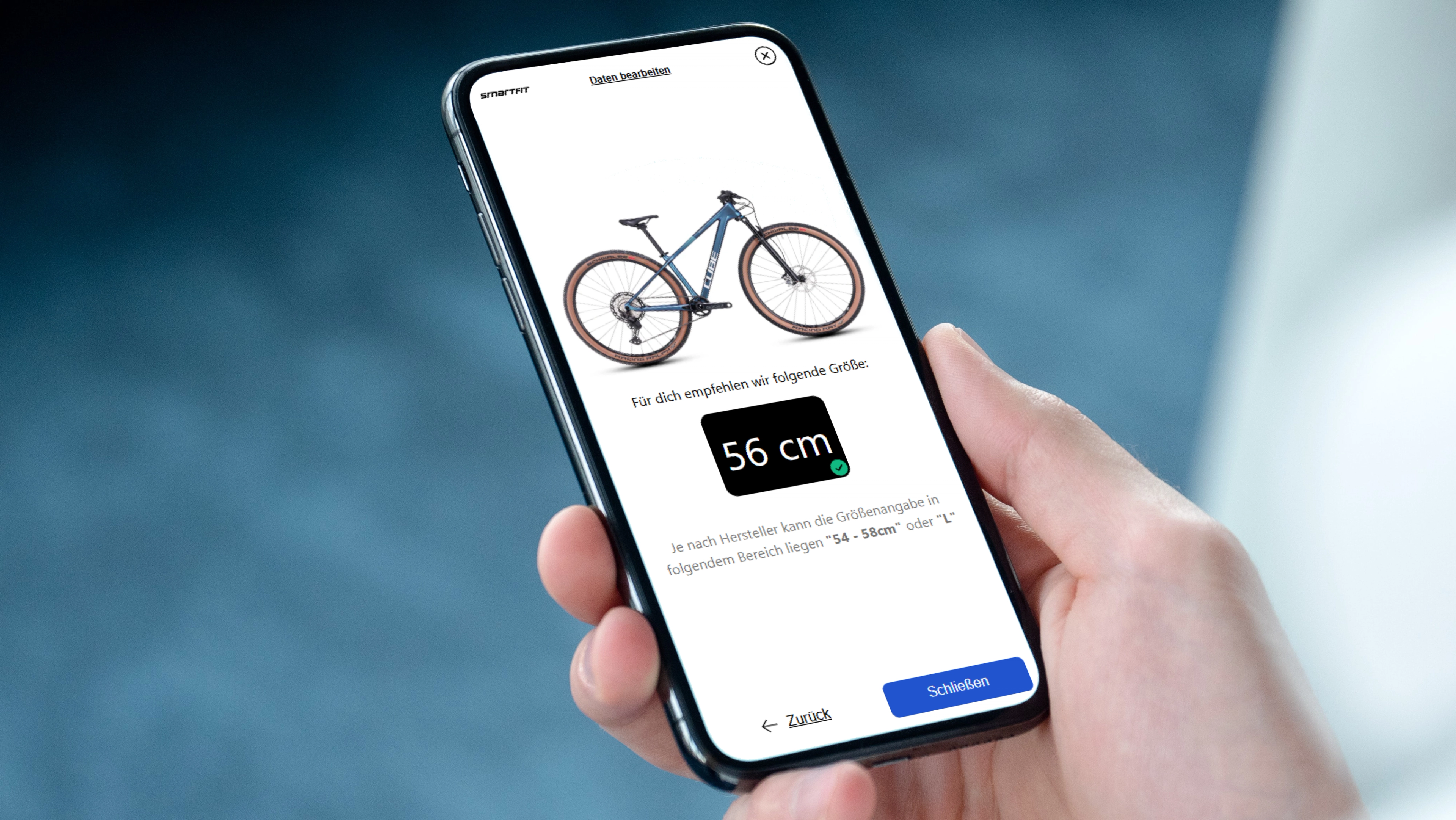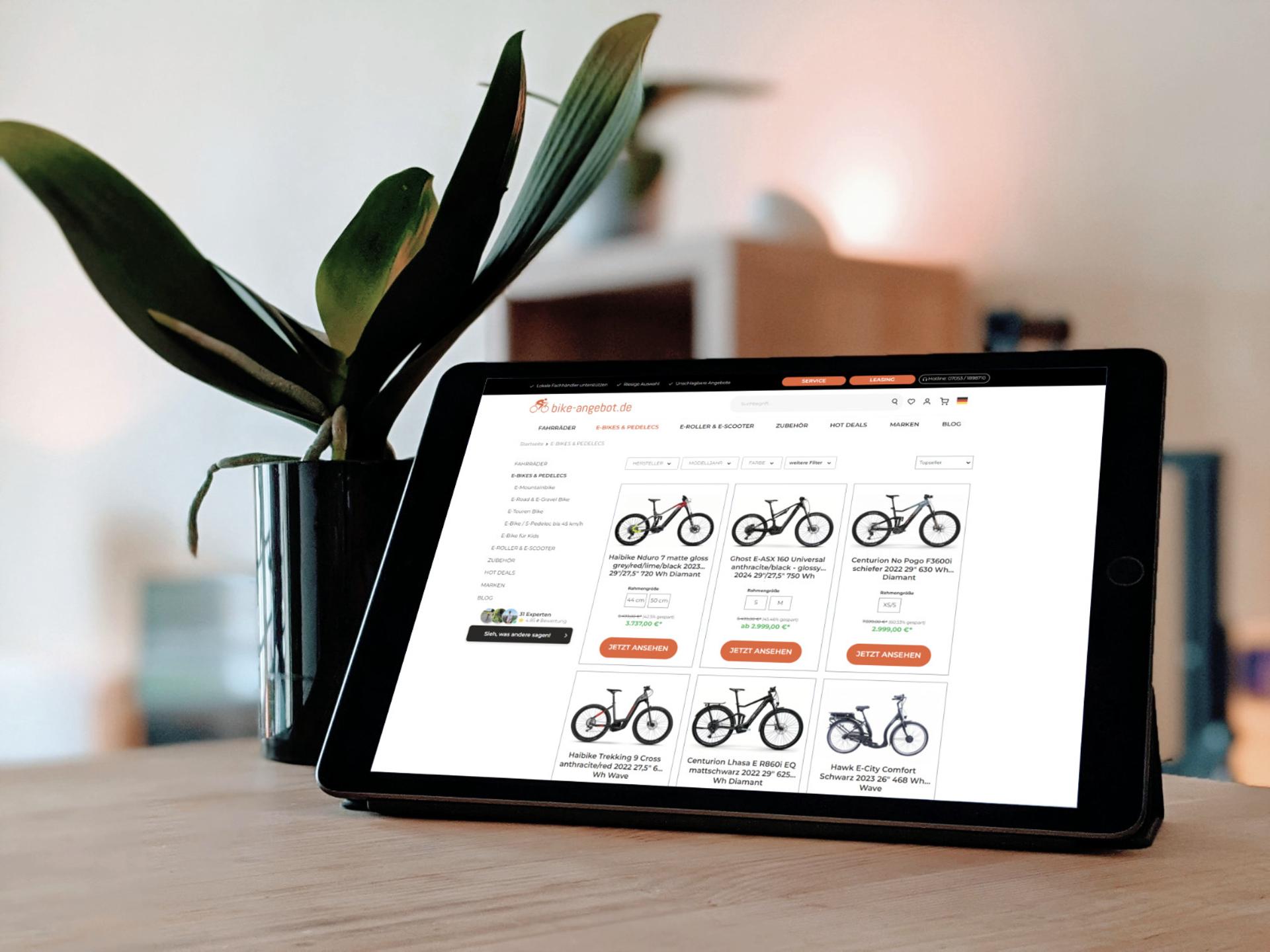Determine bicycle frame size: How to find the perfect fit for your customers
Finding the right bike frame size is easy. Here you'll learn how to provide professional advice to your customers – in-store and online.

Thomas Hahn
Freier Journalist

The start of the season is here – and with it, the desire of many customers for a new bike. Whether a sporty gravel bike, a comfortable e-bike, or an urban all-rounder: Buying a bike these days is often a conscious decision – with clear requirements for technology, design, and comfort. One of the most important questions arises right at the beginning: Which frame size actually suits each customer?
This is precisely where you, as a specialist retailer, come in. What used to be decided on a whim or based on gut feeling is now a central focus in sales advice. After all, providing reliable advice on size selection builds trust – and lays the foundation for long-term customer satisfaction. At the same time, the risk of returns or expensive readjustments is reduced. That's precisely why it's worth taking a closer look here.
 Canva
CanvaWhy frame size is so crucial
Indeed, the right frame size plays a crucial role in ensuring a customer feels comfortable on a bike. It influences:
- Ergonomics: The seating position determines comfort and load.
- Efficiency: A bike that sits optimally on the bike requires less effort to ride.
- Safety: A geometry that is too large or too small can negatively impact handling
- Satisfaction: A well-fitting bike is used more often and with greater pleasure.
Is the bike too big? Then the bike feels unsafe. Is it too small? Then it becomes uncomfortable and, over time, puts strain on the back and joints. At the same time, the differences between brands, models, and geometries are often so vast that even experienced customers struggle. Blanket recommendations aren't enough – precision is therefore required when making a sales recommendation.
 Waldbike
WaldbikeThe challenges in sales
But this is anything but easy. You're familiar with the situation in the shop: Customers have researched online – but the frame size was often only roughly estimated based on a manufacturer's size chart. Furthermore, the desired models are often unavailable in certain sizes. And last but not least, each manufacturer uses its own geometries and measurements – everything from XS to 58 cm is available. Moreover, what is size M for brand A could be size S or L for brand B. In short: Even with good advice, the question of size quickly becomes complex. This makes it all the more important to provide structured, data-based support.
 Zweirad Würdinger
Zweirad WürdingerDetermine bicycle frame size: Three ways to the perfect recommendation
Basically, you have three options when determining the correct bike frame size: You can rely on a tape measure and your own experience. You can use professional devices that can measure and calculate particularly accurate size recommendations. You can also use online retailers to recommend the correct frame size using appropriate tools. We'll introduce you to all three options below.
- Tape measure & experience: The classic: measure inside leg length, estimate seat height, and incorporate experience. Many professionals have a good eye, but this method often reaches its limits. In short: It works, but it's subjective—and carries a certain risk.
- In-store sizing solution: With a stationary Smartfit system, you create trust and precision at the same time. Customers are measured in just a few simple steps, and the system calculates the appropriate frame size – regardless of model or brand. Your advantage: You receive fact-based, independent advice and can suggest alternatives even if the desired size isn't available – without losing credibility.
- Smartfit E-Commerce Solution: More and more customers are starting their customer journey online. With our E-Commerce solution, you can offer helpful size advice right there. The tool is easy to integrate into your website and provides a well-founded frame size recommendation after entering a few body measurements. The benefits are obvious: Your customers arrive in the shop prepared – and you position yourself as a digital, service-oriented retailer.
Our tip: The Smartfit e-commerce solution is particularly effective when you integrate it directly into product pages or actively use it during consultations – for example, as a self-service tool for customers who are still unsure.

Conclusion: Creating trust through precision
Selling a bike no longer begins with the first glance in the showroom – it begins with the certainty that it really fits. Your advantage: If you provide precise and professional advice on frame sizes, you can set yourself apart from the competition. Smartfit gives you the right tools for this – in-store, online, or in a hybrid combination. This way, you support your customers with objective recommendations, reduce mistakes, and visibly raise the level of advice you provide. The perfect conditions to ensure the start of the season is not only a success for your customers, but also for your sales.